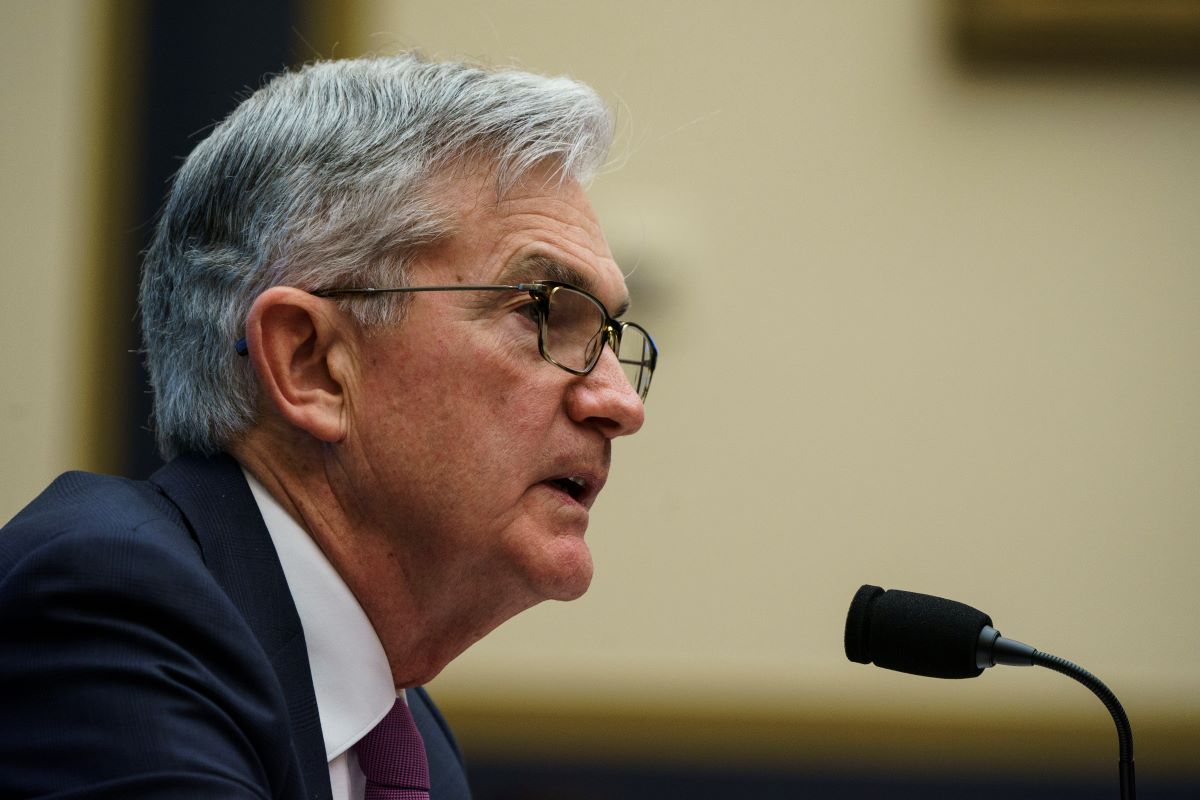Mexican President urges US to stop issuing human rights report
"It violates the sovereignty of any people, of any country, we are independent," Lopez Obrador told his daily press conference at the National Palace in Mexico City on Friday.
US Federal Reserve Chairman Jerome Powell finds himself at the centre of monetary policy moves that could sway the economic tides in a Presidential election year.

U.S. Federal Reserve Chairman Jerome Powell (photo:IANS)
US Federal Reserve Chairman Jerome Powell finds himself at the centre of monetary policy moves that could sway the economic tides in a Presidential election year. Mr Powell’s recent testimony before a US House committee reflects a delicate balancing act, with the prospect of interest rate cuts on the horizon, yet uncertainty lingering like a shadow. Mr Powell’s cautious optimism echoes through the corridors of economic discourse, as he delicately threads the needle between addressing the need for potential rate reductions and steering clear of premature actions that could reignite inflation.
The economy, Mr Powell asserts, is on a favourable trajectory, showcasing a low 3.7 per cent unemployment rate and widespread growth, providing a solid foundation for his projections. The spectre of the November Presidential election casts a shadow over every word uttered by Mr Powell. The politicisation of the Federal Reserve’s decisions is an undeniable reality, as committee members grapple with the need to influence economic outcomes without veering into the realm of political manoeuvring. The market’s anticipation of a rate cut in June highlights the delicate nature of the Fed’s decision-making process. Mr Powell’s emphasis on the evolving economic landscape and the importance of data-driven decisions underscores the complexity of the task.
The Fed, he asserts, will “keep our heads down and do our jobs,” a mantra that encapsulates the central bank’s commitment to its dual mandate of maximum employment and price stability. For President Joe Biden, the Fed’s decisions hold significant weight. Mr Powell’s pronouncements could shape public perception, influencing approval ratings and the perceived success of Mr Biden’s economic management. As the incumbent gears up for the election, the stakes are undeniably high, with the Fed’s moves potentially impacting the narrative on inflation, unemployment, and interest rates. The recurring theme of a “soft-landing” dominates Mr Powell’s discourse, painting a picture of an economy gradually easing into a state of balance. The emphasis on expecting inflation to come down and the economy to sustain its growth signals a measured approach to policy adjustments.
Advertisement
Mr Powell walks a tight-rope, acknowledging the risks of both delaying rate cuts and acting too hastily. While Mr Powell’s commitment to keeping the benchmark rate at its current level suggests a reluctance to tighten further, the spectre of asset values climbing and financial conditions easing raises eyebrows. The delicate dance of policy implementation involves navigating through the exuberance in the economy without stoking the flames of inflation. Mr Powell’s reassurances about the solid outlook, supported by the latest Beige Book, offer a glimmer of hope. Yet, the divergence in data leaves room for interpretation, with conflicting reports on services prices and consumer spending complicating the narrative. As Mr Powell and his colleagues gear up for future decisions, the economic landscape remains unpredictable. The coming weeks will provide a litmus test for Mr Powell’s cautious optimism
Advertisement